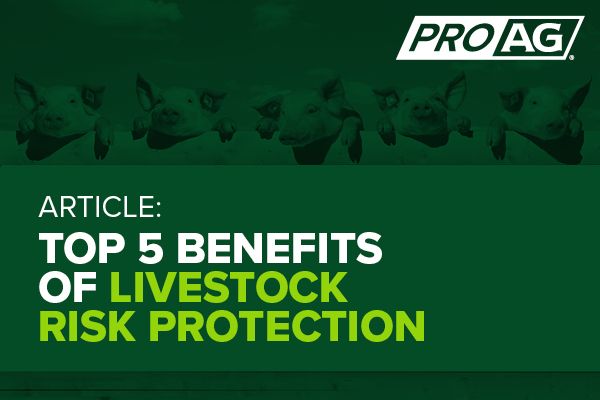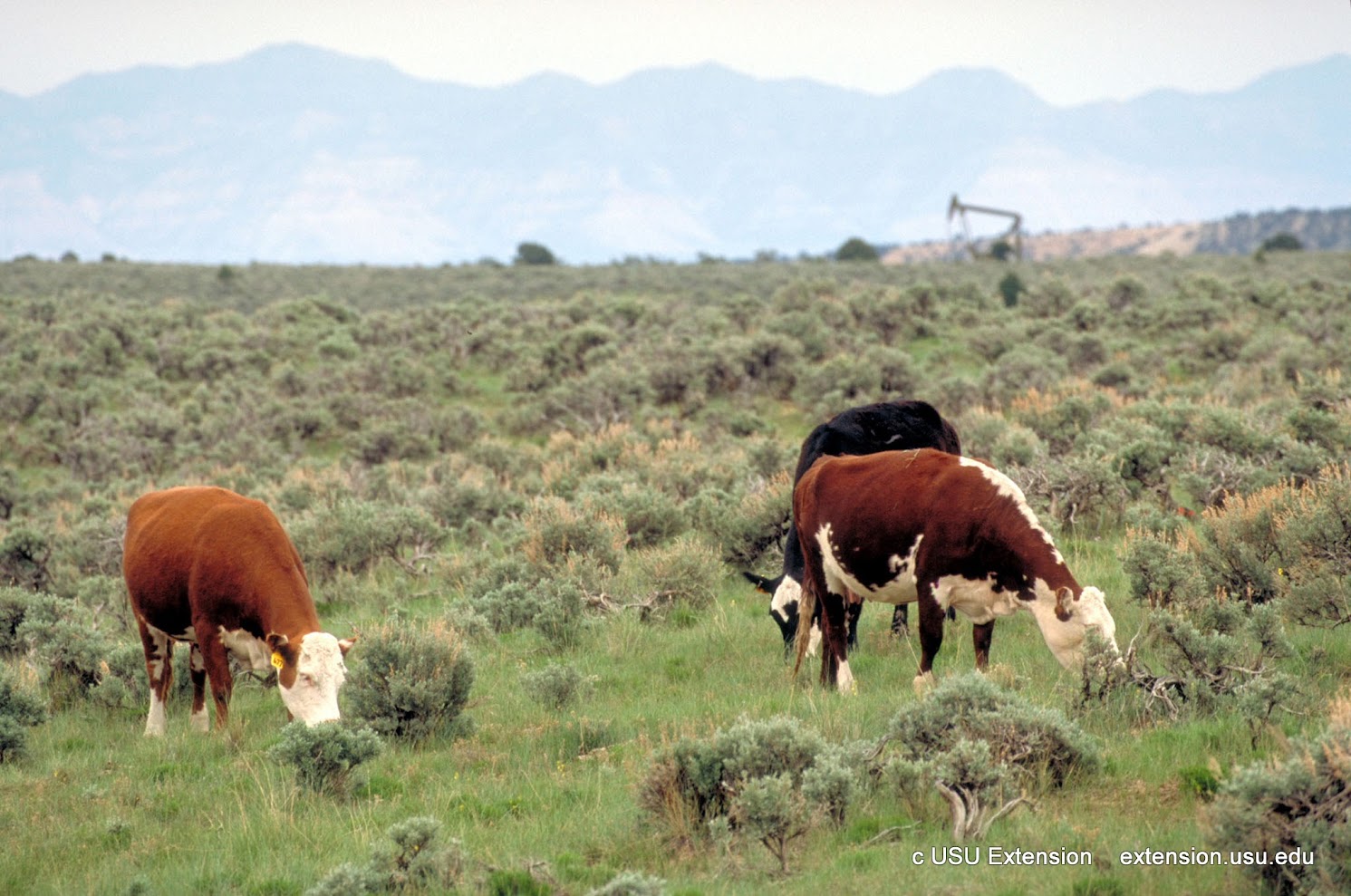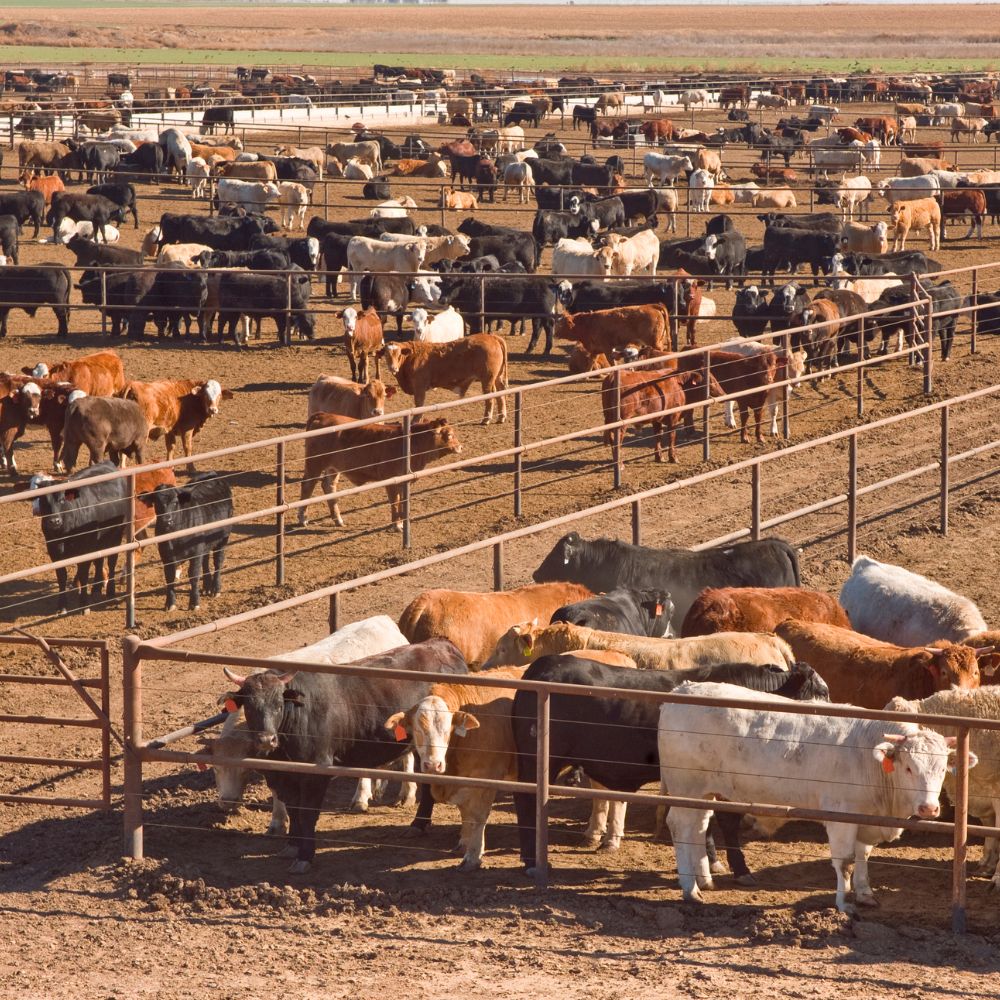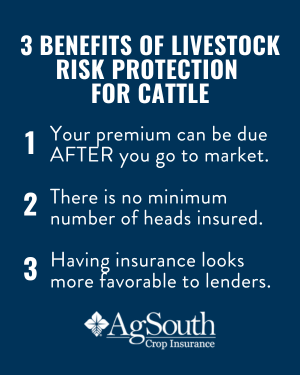Empower Your Company: Bagley Risk Management Insights
Empower Your Company: Bagley Risk Management Insights
Blog Article
Comprehending Livestock Threat Protection (LRP) Insurance Coverage: A Comprehensive Guide
Navigating the world of animals risk security (LRP) insurance coverage can be an intricate endeavor for many in the agricultural sector. From just how LRP insurance policy operates to the various protection choices offered, there is much to uncover in this comprehensive guide that can possibly form the means livestock producers approach threat management in their companies.

How LRP Insurance Policy Works
Sometimes, recognizing the auto mechanics of Livestock Threat Protection (LRP) insurance can be intricate, but damaging down exactly how it works can give clearness for ranchers and farmers. LRP insurance policy is a danger management device developed to safeguard animals producers versus unforeseen price decreases. The policy enables producers to establish a coverage level based on their details requirements, selecting the number of head, weight variety, and coverage rate. When the plan is in area, if market value fall listed below the insurance coverage price, producers can sue for the difference. It is necessary to keep in mind that LRP insurance coverage is not an income warranty; instead, it concentrates solely on rate risk defense. The protection duration generally varies from 13 to 52 weeks, offering adaptability for manufacturers to pick a duration that lines up with their manufacturing cycle. By using LRP insurance policy, farmers and breeders can reduce the monetary threats connected with fluctuating market value, ensuring greater security in their operations.
Qualification and Insurance Coverage Options

When it comes to coverage options, LRP insurance policy provides manufacturers the flexibility to pick the protection level, protection period, and recommendations that finest match their threat monitoring demands. Protection degrees normally vary from 70% to 100% of the expected ending value of the insured livestock. Manufacturers can additionally select coverage periods that align with their production cycle, whether they are insuring feeder livestock, fed cattle, swine, or lamb. Endorsements such as cost danger defense can further customize protection to protect against negative market changes. By recognizing the eligibility standards and insurance coverage options available, livestock producers can make informed decisions to take care of threat successfully.
Advantages And Disadvantages of LRP Insurance Policy
When reviewing Animals Danger Protection (LRP) insurance, it is important for animals manufacturers to evaluate the negative aspects and advantages fundamental in this threat administration device.

Among the primary advantages of LRP insurance policy is its capacity to give protection versus a decline in animals costs. This can aid protect manufacturers from monetary losses arising from market changes. Furthermore, LRP insurance coverage uses a degree of flexibility, enabling manufacturers to customize coverage levels and policy periods to match their specific requirements. By securing in an ensured cost for their animals, manufacturers can much better take care of danger Read Full Article and plan for the future.
Nonetheless, there are additionally some downsides to consider. One limitation of LRP insurance policy is that it does not shield against all kinds of threats, such as disease outbreaks or natural disasters. Costs can often be expensive, especially for manufacturers with big livestock herds. It is essential for producers to thoroughly evaluate their private threat direct exposure and monetary situation to establish if LRP insurance is the right threat administration device for their procedure.
Understanding LRP Insurance Coverage Premiums

Tips for Optimizing LRP Conveniences
Taking full advantage of the advantages of Animals Danger Protection (LRP) insurance needs critical planning and positive danger monitoring - Bagley Risk Management. To make the most of your LRP insurance coverage, take into consideration the following suggestions:
On A Regular Basis Assess Market Conditions: Stay educated about market fads and price changes in the animals sector. By monitoring these factors, you can make educated decisions about when to purchase LRP coverage to secure versus prospective losses.
Set Realistic Insurance Coverage Degrees: When choosing protection degrees, consider your manufacturing prices, market price of animals, and possible dangers - Bagley Risk Management. Setting reasonable protection levels makes sure that you are adequately protected without paying too much for unneeded insurance policy
Expand Your Coverage: Rather than relying exclusively site on LRP insurance policy, think about diversifying your danger administration techniques. Combining LRP with various other risk monitoring devices such as futures agreements or choices can supply thorough insurance coverage against market unpredictabilities.
Testimonial and Change Coverage Regularly: As market conditions transform, periodically evaluate your LRP protection to ensure it straightens with your existing risk direct exposure. Adjusting look at this site coverage degrees and timing of purchases can assist optimize your threat protection technique. By adhering to these pointers, you can make best use of the benefits of LRP insurance coverage and safeguard your animals procedure against unanticipated risks.
Final Thought
In conclusion, livestock threat security (LRP) insurance is a useful device for farmers to manage the financial threats associated with their animals procedures. By comprehending how LRP works, qualification and insurance coverage alternatives, in addition to the benefits and drawbacks of this insurance policy, farmers can make educated choices to secure their livelihoods. By very carefully taking into consideration LRP costs and applying techniques to make best use of benefits, farmers can mitigate possible losses and make sure the sustainability of their procedures.
Animals producers interested in acquiring Animals Danger Protection (LRP) insurance coverage can explore a variety of eligibility requirements and protection choices customized to their details animals procedures.When it comes to coverage options, LRP insurance coverage uses producers the versatility to select the protection level, insurance coverage duration, and recommendations that ideal suit their risk management needs.To grasp the ins and outs of Animals Threat Security (LRP) insurance policy fully, comprehending the elements influencing LRP insurance coverage premiums is vital. LRP insurance coverage costs are established by numerous aspects, including the protection level chosen, the anticipated cost of livestock at the end of the protection period, the kind of animals being guaranteed, and the length of the coverage duration.Review and Adjust Insurance Coverage Regularly: As market conditions transform, occasionally examine your LRP coverage to guarantee it straightens with your present risk direct exposure.
Report this page